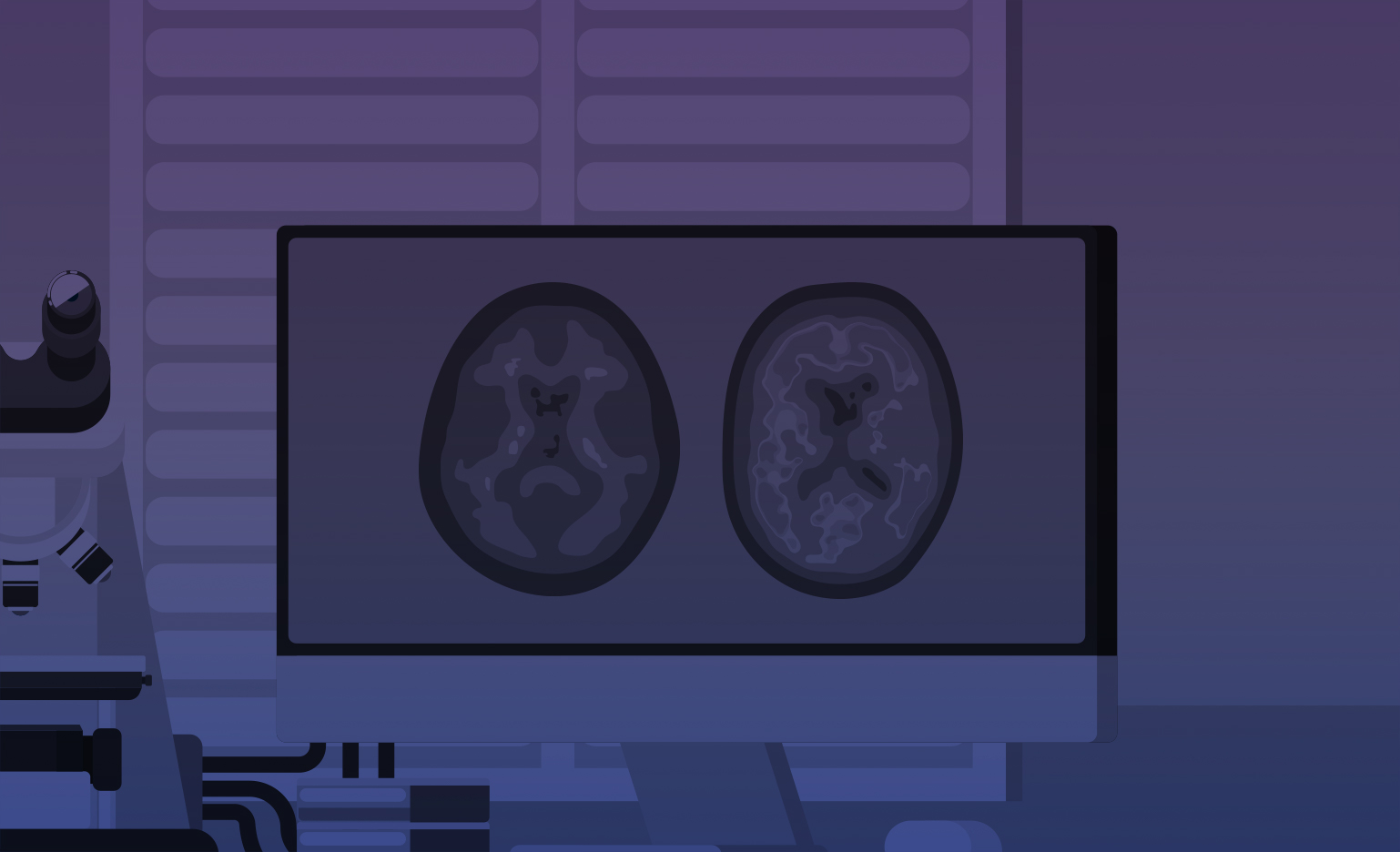The Scripps Research Institute
The Scripps Research Institute
Lead optimization and pre-clinical testing of small molecules that modulate toxicity of cFTD/ALS"
Frontotemporal dementia (FTD) is characterized by progressive loss of a particular type of brain cell (neurons), which leads to abnormalities in behavior, language and personality. At present, no effective treatment for this devastating disease exists. However, with the recent discovery of a genetic mutation that is responsible for causing the majority of familial cases of FTD and amyotrophic lateral sclerosis (ALS), a new therapeutic target has come to light. This mutation in the C9ORF72 gene, specifically a longer than usual repeating sequence, leads to the buildup of large biological molecules, termed RNA, in neurons of the brain and spinal cord. The RNA becomes tangled and forms clumps, or foci, and is also responsible for causing the production of abnormal proteins, termed c9RAN proteins, which would otherwise not exist. Because both RNA foci and c9RAN proteins are thought to set in motion toxic chains of events that ultimately lead to neuronal death, our goal is to design drug-like compounds that bind to the RNA and prevent these deleterious events from happening. By synergizing the expertise between the Petrucelli (Mayo Clinic) and Disney (The Scripps Research Institute) groups, we recently demonstrated that our strategy shows great promise. The drug-like compounds we originally designed block foci formation and c9RAN protein production in cellular models of FTD/ALS caused by the C9ORF72 mutation (c9FTD/ALS). Our objective is to optimize our lead compound to improve its activity in patient-derived neurons and a mouse model of c9FTD/ALS. As such, our studies are well aligned with ADDF and AFTD goals as we will identify disease-modifying compounds and study their suitability as pre-clinical candidates in cell-based and mouse models of c9FTD. Importantly, our compounds could be developed into biomarkers or a diagnostic of disease improvement upon treatment or as a tool to study c9FTD biology.

